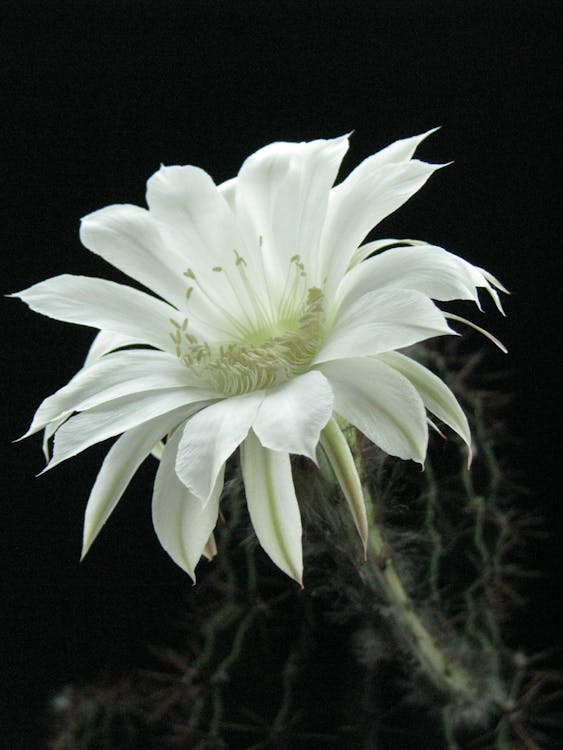
Background and history of Hylocereus undatus – Dragonfruit cactus
Share
The Hylocereus undatus is a plant with a rich history and cultural significance. It grows naturally in the tropical and subtropical regions of Central and South America and is now spread throughout the world, especially in Asia, where it is grown commercially for its fruits.
Dragon fruit, also known as pitaya, has been prized by indigenous cultures for centuries for its flavor and health benefits. The fruit has a striking appearance with bright pink or yellow skin and white or red flesh with small black seeds. It is packed with antioxidants, vitamins, and fiber and is often used in salads, smoothies, and desserts.
The name “Dragonfruit” refers to the scaly appearance of the skin, which is reminiscent of the scales of a dragon. The plant itself is named for its unique growth habit; “Hylocereus” literally means “forest cactus.”
What makes this cactus extra special is its ability to survive in dry conditions while still producing tropical fruits. This has made it a popular crop in countries such as Vietnam, Thailand and Israel, where it is often grown on commercial farms.
With its exotic appearance, fascinating history and versatility, the Hylocereus undatus is not only a practical choice for those wanting to grow their own dragon fruit, but also a beautiful addition to any home or garden.
